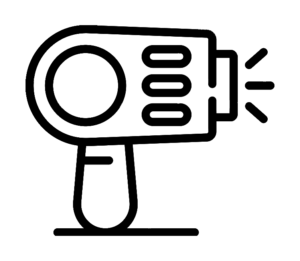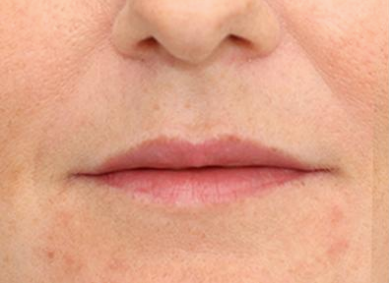
Laser Hair Removal
The laser creates a beam of high-intensity light that penetrates deep into skin tissue where it delivers a controlled amount of targeted therapeutic heat. Candela’s patented Dynamic Cooling Device™ (DCD™) technology protects the upper layers of your skin with a cooling burst of cryogen. Together, the long-pulse laser and DCD cooling offer optimal treatment with minimal side effects.
Treatment Expectation
Treatment will take place in your practitioner’s office. You will wear safety eyewear to protect your eyes from the laser light. Your practitioner will guide the laser to the treatment areas with a small handpiece. Each laser pulse may be preceded by a short pulse of cooling spray. A treatment could take as little as a few minutes to as long as an hour, depending on the area and condition being treated.
Does it hurt?
Some patients may feel a slight discomfort with each laser pulse, sometimes described as the snapping of a rubber band on the skin. This discomfort resolves in several seconds and is minimized by Candela’s DCD cooling. For some patients, a topical anesthetic may be used prior to treatment. Be sure to discuss this with your practitioner.
What precautions should I take after treatment?
After laser treatment, prevent sun exposure by applying sunblock (SPF 30 or above). In the first few days after treatment, don’t scrub or rinse the treated areas with abrasive skin cleansers. Your practitioner may advise additional precautions.



















